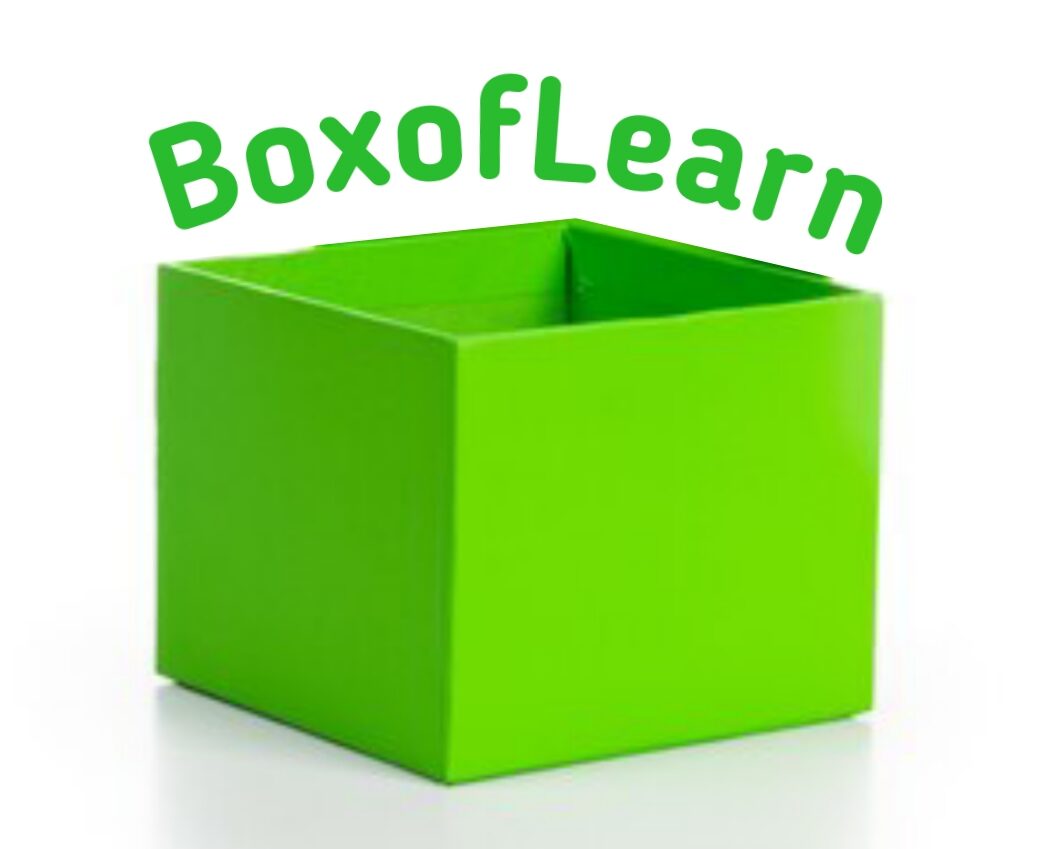WebAssembly Data Types
Categories of WebAssembly Data Types WebAssembly organizes its data types into the following categories: Each category serves a specific purpose and contributes to WebAssembly’s ability to handle diverse programming tasks. 1. Value Types Value types are the primary data types used for computations in WebAssembly. These types are directly supported by the WebAssembly virtual machine … Read more
